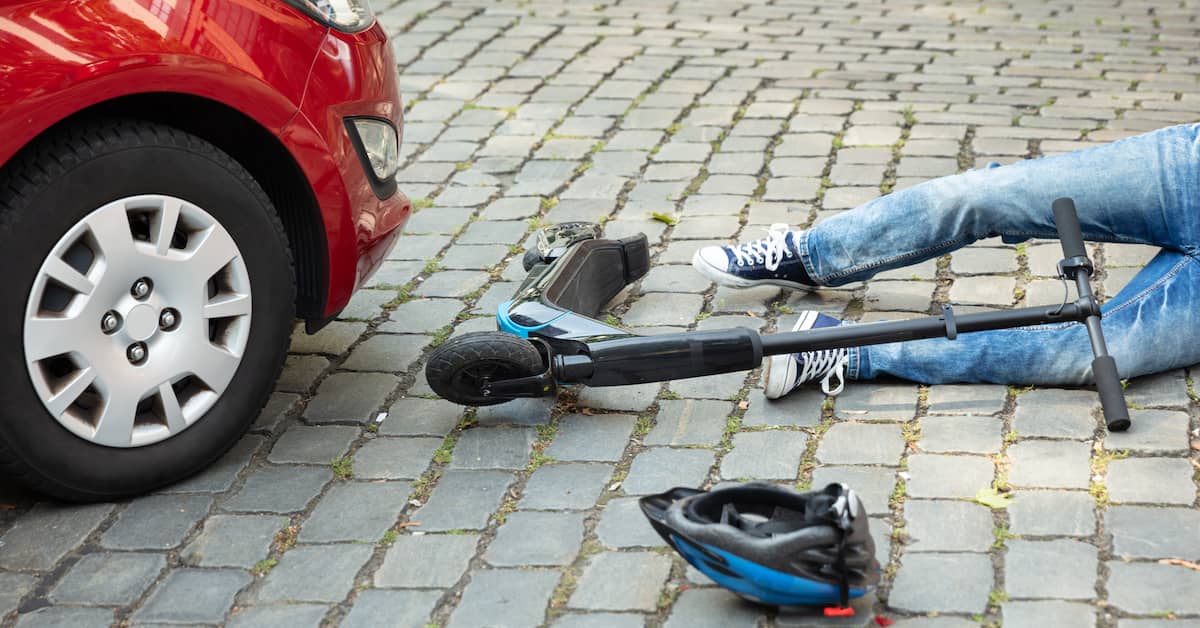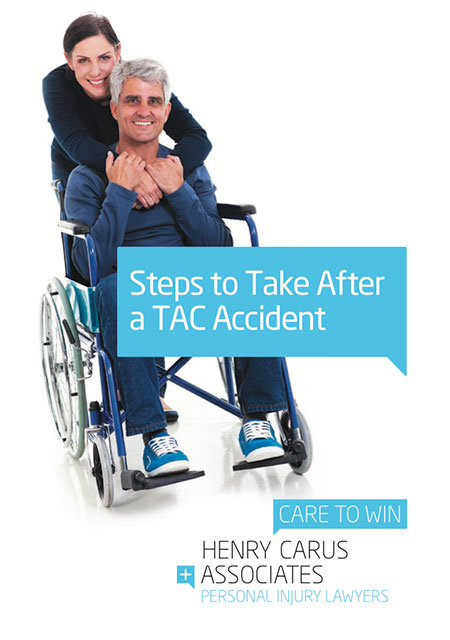
Victoria is slowly emerging from the world’s longest COVID-19 lockdown. Although residents of Melbourne and other areas of the state are grateful for a return to some semblance of normal life, the change is not without its challenges. One of the biggest issues is an increase in road accidents as more people start going back to work and resuming their daily lives.
Users of e-bikes and scooters represent a significant portion of the increasing trend in emergency department admissions for injuries in transport accidents. Melbourne’s Alfred Hospital has reported a 30% increase in casualties among this population since restrictions were rolled back.
The cause of the increase in bike accidents and accidents involving electric scooters appears to be three-fold:
- Many people purchased e-bikes and scooters early in the pandemic as an alternate means of transportation.
- Riders were operating their new bikes and scooters with significantly less traffic than normal.
- Now that more people are going back to work and returning to leisure activities, traffic has risen significantly. This presents a significant risk of danger to riders.
Other vulnerable road users – such as pedestrians and motorbike riders – are also at risk from the return of pre-pandemic traffic levels. Mounting evidence suggests that the increase in collisions can be attributed to a bizarre phenomenon brought on by 20 months of lockdown: People have seemingly forgotten how to drive.
How Not Driving Increases the Risk of Accidents
Driving is a learned skill. It requires ongoing practice to operate a motor vehicle safely. So, when the vast majority of people in a major city are told to stay at home except for very brief periods for nearly 2 years, their ability to drive experiences a kind of atrophy.
Some of the skills that can suffer from a prolonged absence behind the wheel include:
- Obeying the speed limit
- Making adjustments for road, traffic, and weather conditions
- Being aware of one’s surroundings, as well as other vehicles, pedestrians, etc.
- Maintaining a safe distance from vehicles in traffic
- Concentration on driving
- Sound judgment concerning turns, merging, etc.
- Using turn signal indicators
In the past, these issues typically arose as a result of carelessness on the part of a motorist, such as distracted driving. Now, however, it appears that we can add the effects of lockdown to that list.
Many of the deficiencies behind the wheel appear to stem from a lack of practice. It is also important to consider the effects of frustration from months of staying home. Now that restrictions are being lifted, we are starting to see pent-up impatience, anger, and other emotions start to manifest in how people drive.
In addition, people became hooked on their mobile phones while they were in lockdown. Now, they are having trouble totally disconnecting from them while driving, resulting in a massive loss of concentration on the road.
How to Stay Safe on a Motorbike, Bicyclist, Scooter, or on Foot
Hopefully the spike in accidents among pedestrians and those using two-wheelers will decrease as traffic patterns normalise and people get used to driving again. In the meantime, there are steps you can take to reduce the risk of being seriously injured in a crash:
1. Be Aware of Your Surroundings
Even when they have the right of way, riders and pedestrians need to stay alert. This means being mindful of nearby vehicles, avoiding distractions, and noticing and obeying all road signs and traffic signals.
2. Maximise Your Visibility
Pedestrians and two-wheelers are much smaller than most motor vehicles on the road. As such, you need to take precautions to ensure drivers are able to see you. Motorcyclists, bicyclists, and scooter riders should wear bright-coloured clothing and abide by any rules requiring the use of lights and reflectors. Pedestrians should also dress so they are easy to see, particularly at night and in inclement weather.
3. Stay in Your Lane
Motorbikes are permitted to travel in traffic like cars, trucks, and other motor vehicles. Riders are allowed to engage in ‘lane filtering’ (the practice of moving slowly through stopped traffic or traffic moving at slow speeds), but ‘lane splitting’ (travelling between lanes of traffic in motion) is illegal in Victoria.
Bicyclists and e-bike riders are bound by the same road rules. This includes using bike lanes whenever they are available and giving way to pedestrians on footpaths and shared paths. In many areas of Victoria, electric scooters are only permitted on low-speed roads and shared paths if they do not exceed 10 km/h in speed and the motor is 200 watts or less in power. (Though trial programs have begun in Melbourne and Ballarat to assess the safety of higher-powered e-scooters.)
Finally, pedestrians should use sidewalks and footpaths. You should only cross the road at marked pedestrian crossings.
4. Travel Familiar Routes
The phenomenon of motorists forgetting how to drive is compounded by a loss of familiarity with the routes one used to drive every day. This can lead to excess speed, difficulty adjusting to road conditions, and other issues that put two-wheelers and pedestrians in danger.
Pedestrians and those riding bikes, scooters, and motorcycles may experience the same issue as they go back to travelling to and from work and taking in activities they enjoyed before lockdown. No matter the means of transportation, it is in your best interest to travel the paths and roads you know so you can get comfortable with the walk or ride once again.
5. Wear the Right Equipment
If you ride a motorbike, bicycle, e-bike, or electric scooter in Victoria, you are required to wear a helmet. Obviously, there is no such requirement for people on foot. Therefore, pedestrians need to use good judgment when they are in close proximity to motor vehicles.
What to Do If You Are Injured in a Road Accident
Accidents involving motorbikes, bicycles (electric and pedal cycles), e-scooters, and pedestrians are all considered transport accidents. If you were injured in one of these crashes, you are entitled to compensation through the Transport Accident Commission (TAC).
The TAC can pay for medical expenses and the cost of like services (such as attendant care). If you are unable to work as a result of your injuries, you can also receive income support from the TAC.
Additional compensation may be available if you are (a) seriously injured in the transport accident and (b) someone else (such as a motorist) was at fault. These are known as common law personal injury damages.
Serious injuries are the rule rather than the exception in a crash between a motor vehicle and a pedestrian or two-wheeler. This is especially true with motorcycle accidents, which can occur at a high rate of speed and involve forces against which the rider has little to no protection.
Unfortunately, TAC disputes often arise in accident claims involving serious injuries. As such, it is in your best interest to speak to a lawyer promptly.
Contact a Road Accident Lawyer Today
Henry Carus + Associates have more experience with TAC legislation than any other law firm in Victoria. We know how the TAC handles accident claims, and we are committed to pursuing maximum compensation on behalf of our clients.
We believe that You Deserve More. This belief informs all aspects of our work, from our Medical + Like Services Guarantee (a free service we offer to all clients of the TAC who have had their medical care and like services denied or terminated) to the pursuit of common law damages for those who have been seriously injured.
Please call Henry Carus + Associates at 03 9001 1318 today for a free, no-obligation consultation. Our transport accident lawyers serve clients in Melbourne and throughout VIC.
 Call Us Today
Call Us Today



